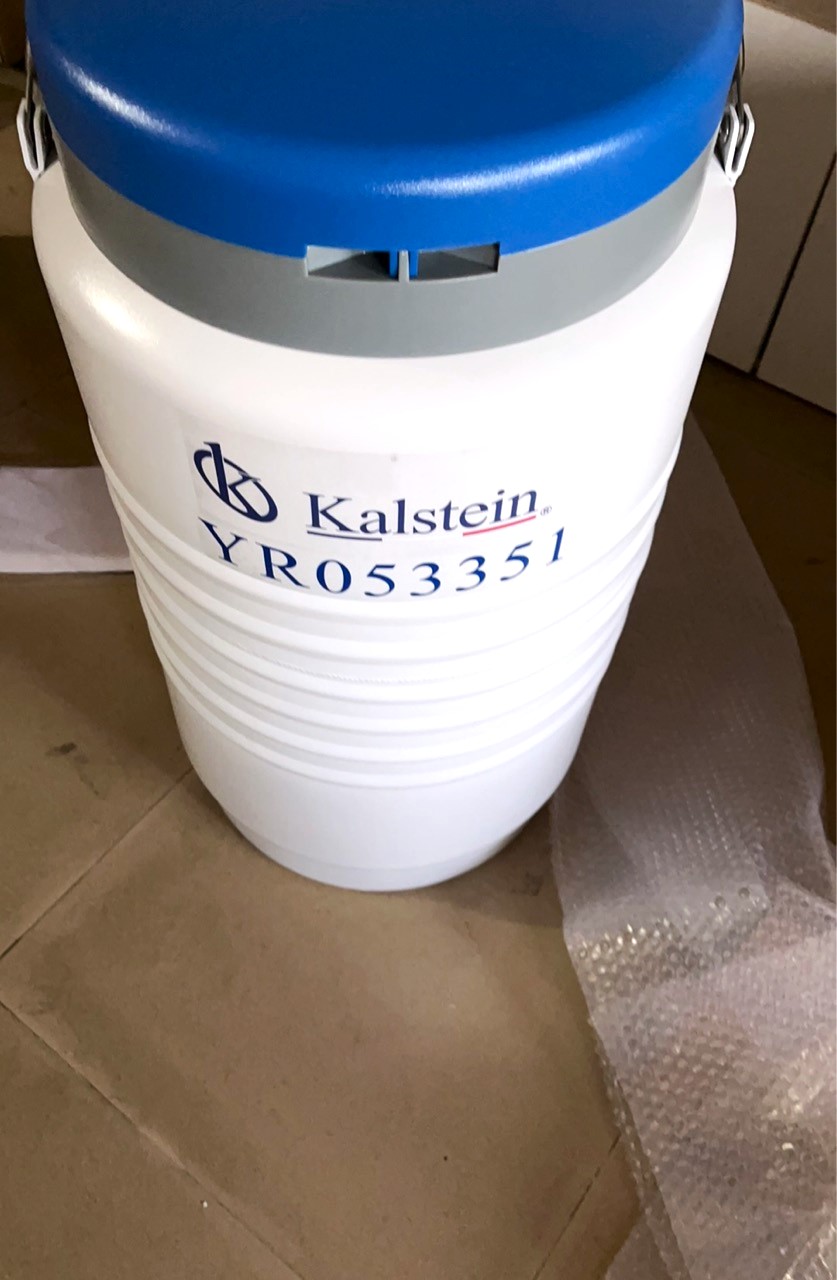Nitrogen is a chemical element that makes up the majority of the atmosphere, approximately 78.03% by volume and 75.5% by weight. It is an inert gas, except when heated and combined with active metals such as magnesium or lithium. It also forms oxides of nitrogen, when combined with oxygen, and ammonia, when combined with hydrogen.
On the other hand, liquid nitrogen is an inert, colorless, odorless, non-flammable, non-corrosive and extremely cold substance. Although it is not corrosive, nor need special anti-corrosion material, when it is used, either in buildings or in the laboratory, it is necessary to handle it with specialized material that supports low temperatures, since its common temperature is -195.8 ° C. It is very common at industrial level and in laboratories, where it is used as a refrigerant. Although nitrogen is normally used in a gaseous state, when used in liquid form, it is necessary to store and transport it in specialized containers that provide the necessary materials, adequate pressure and that also withstand low temperature.
Liquid nitrogen containers
To store, transport or handle liquid nitrogen, it is essential to use specialized containers, which can be of various types, according to the amount desired by the user. Common types of containers are: Dewar and Cryogenic Liquid Cylinder. The amount they can store varies from a few liters to thousands of gallons.
- Dewar: is a relatively small container, stores between 5 and 200 liters. It is non-pressurized, has a loose fitting dust cap at its outlet, in order to prevent atmospheric moisture blocking the neck. To transfer liquid nitrogen from the dewar you need transfer tubes, if the containers are large, if they are small, no instrument is needed, just pour them directly from the tank.
- Cryogenic liquid cylinder: they have spherical shape, can store between 500 and 420,000 gallons of liquid nitrogen. They must be positioned upright, both where they are to be used and when they are to be transported. This type of tanks are equipped to allow filling control, handle pressure accumulation and relief, nitrogen extraction and emptying.
In containers, vaporization is always present and it is continuous, however, these rates will vary according to the tank design and the amount of liquid that is stored. It should be taken into account that, before purchasing a container of liquid nitrogen, it must be verified that these are designed following the specifications and regulations for the temperatures and pressures involved.
Nitrogen tanks brand Kalstein
If you are looking to purchase liquid nitrogen tanks, Kalstein is a MANUFACTURER of a wide variety of models, along with a wide variety of laboratory equipment. Our tanks have a unique design that uses the pressure generated by the vaporization of a small amount of liquid nitrogen to discharge LN2 into other containers and with a storage capacity of between 5 and 500 liters, all with 5 years warranty.
At Kalstein we have the best PRICES in the market, for our wide range of tanks, of course, before making your PURCHASE you will be advised by our experts so that your experience is excellent. To view our catalog, visit HERE. For more information, visit our website HERE

